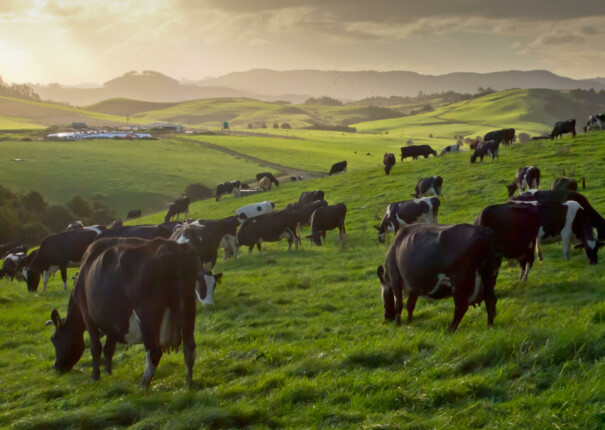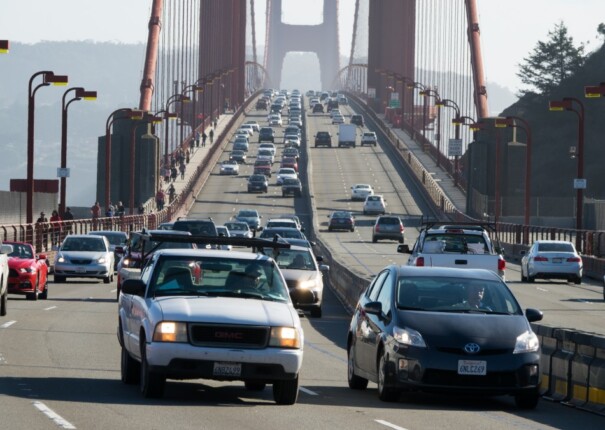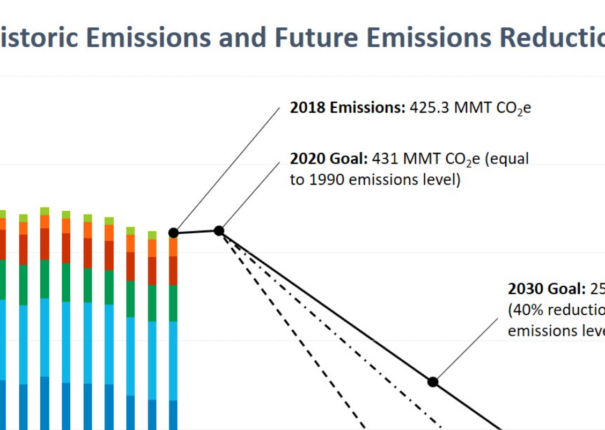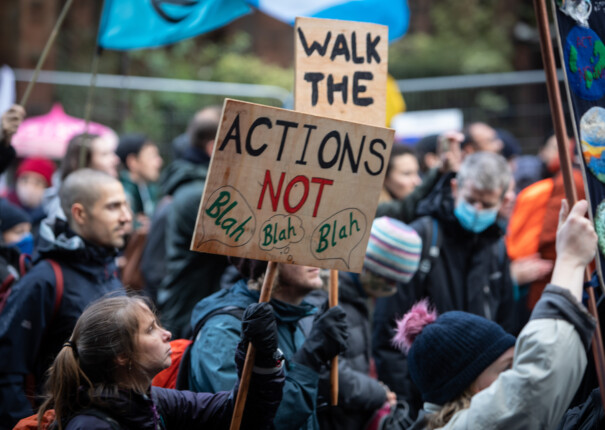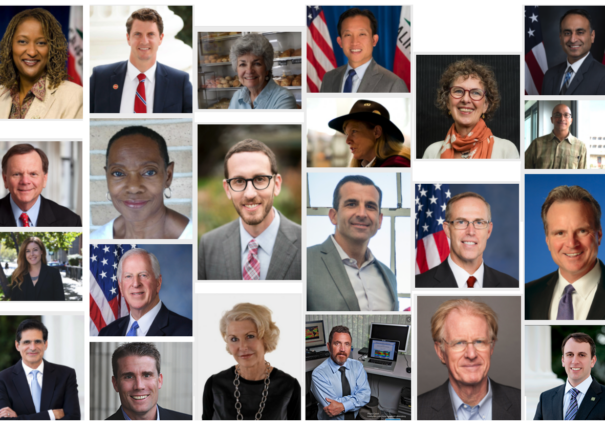Bill to set nation’s first-ever targets for naturally removing past climate pollution passes out of California Assembly Natural Resources Committee
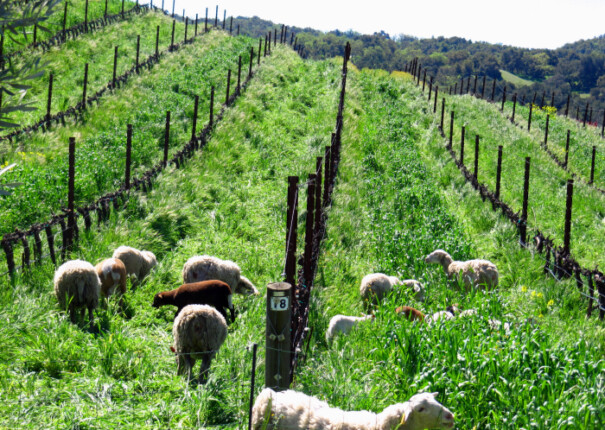
SACRAMENTO, April 26, 2022 — By a 7-3 vote, the Natural Carbon Sequestration and Resilience Act (AB 2649) advanced out of the California Assembly Natural Resources Committee on Monday evening. AB 2649 aims to set California’s first-ever statutory targets for naturally removing past climate pollution from the atmosphere through soil and vegetation on natural, urban, … Read more



